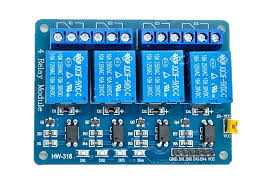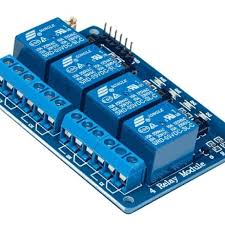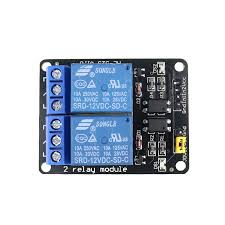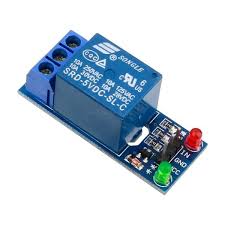Product added to cart!

1 / 2


4 Channel Relay Module
Relays Module
Product ID:
HF887673
Stock:
20 units available
Details:
A 4-Channel Relay Module is an electronic switching device that contains four independent relays, al...
A 4-Channel Relay Module is an electronic switching device that contains four independent relays, allowing you to control up to four high-voltage AC appliances (such as bulbs, fans, and motors) or DC devices (such as pumps or actuators) using a microcontroller like an Arduino. It operates typically on 5V (some modules also support 3.3V), and each relay can switch loads of around 250V AC at 10A or 30V DC at 10A. The relays act as electrically operated switches and provide electrical isolation between the low-voltage control circuit and the high-voltage load through optocouplers or driver transistors, ensuring safety. Each relay has three output terminals: COM (Common), NO (Normally Open), and NC (Normally Closed). The COM terminal is connected to either NO or NC depending on the relay’s state—when the relay is OFF, COM is linked to NC; when ON, COM connects to NO.
Interfacing with Arduino is simple. The relay module has pins for VCC, GND, IN1, IN2, IN3, and IN4. Connect VCC to Arduino’s 5V pin and GND to the Arduino’s ground. Then connect IN1, IN2, IN3, and IN4 to four Arduino digital I/O pins (e.g., 7, 8, 9, 10). These input pins will receive control signals to switch the relays ON or OFF. On the load side, connect your external AC or DC appliances to the relay’s COM and NO/NC terminals as required. In Arduino code, configure the digital pins as OUTPUT and control the relays using digitalWrite(). Depending on the relay type, writing a LOW signal may activate the relay (active LOW modules) or a HIGH signal (active HIGH modules).
Read more
PKR 650.00

